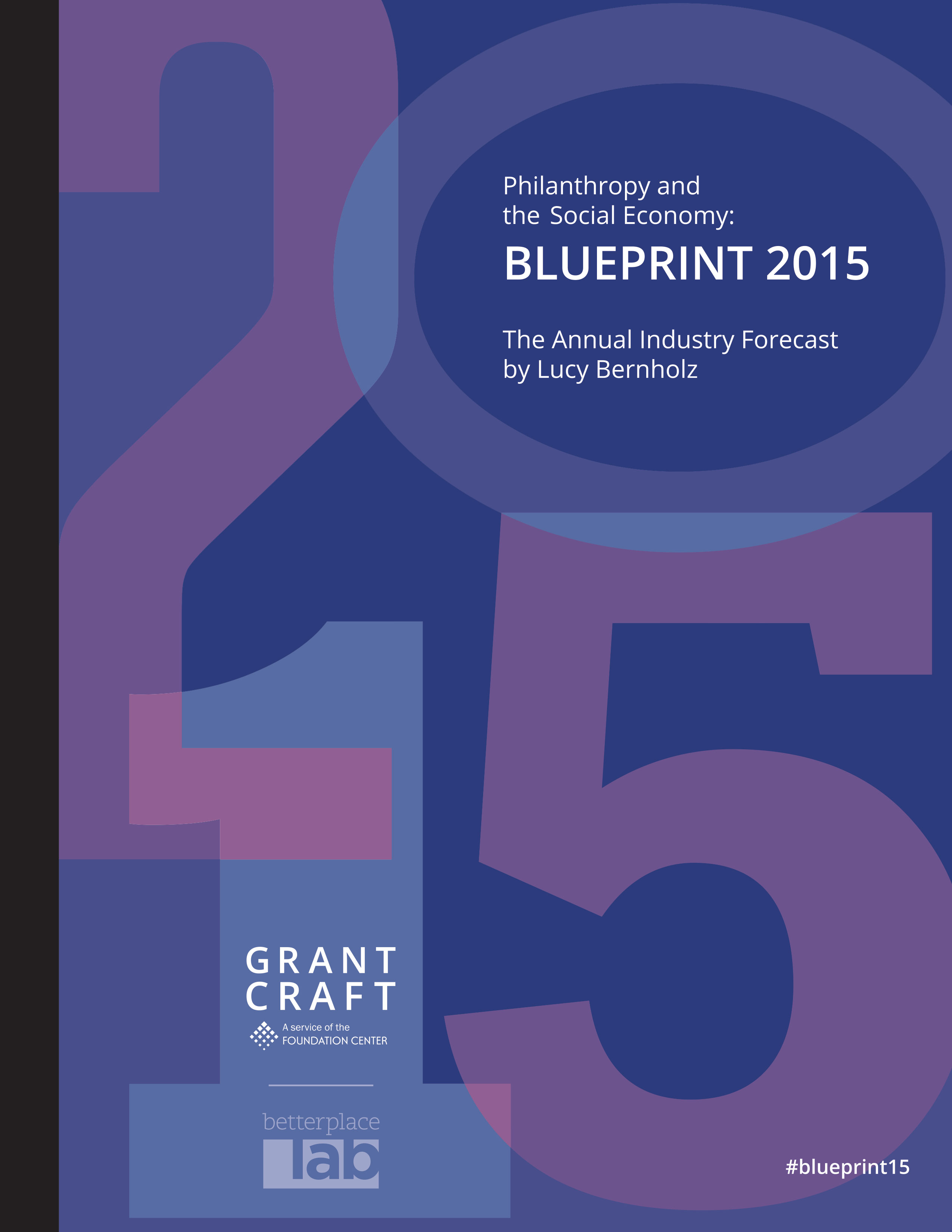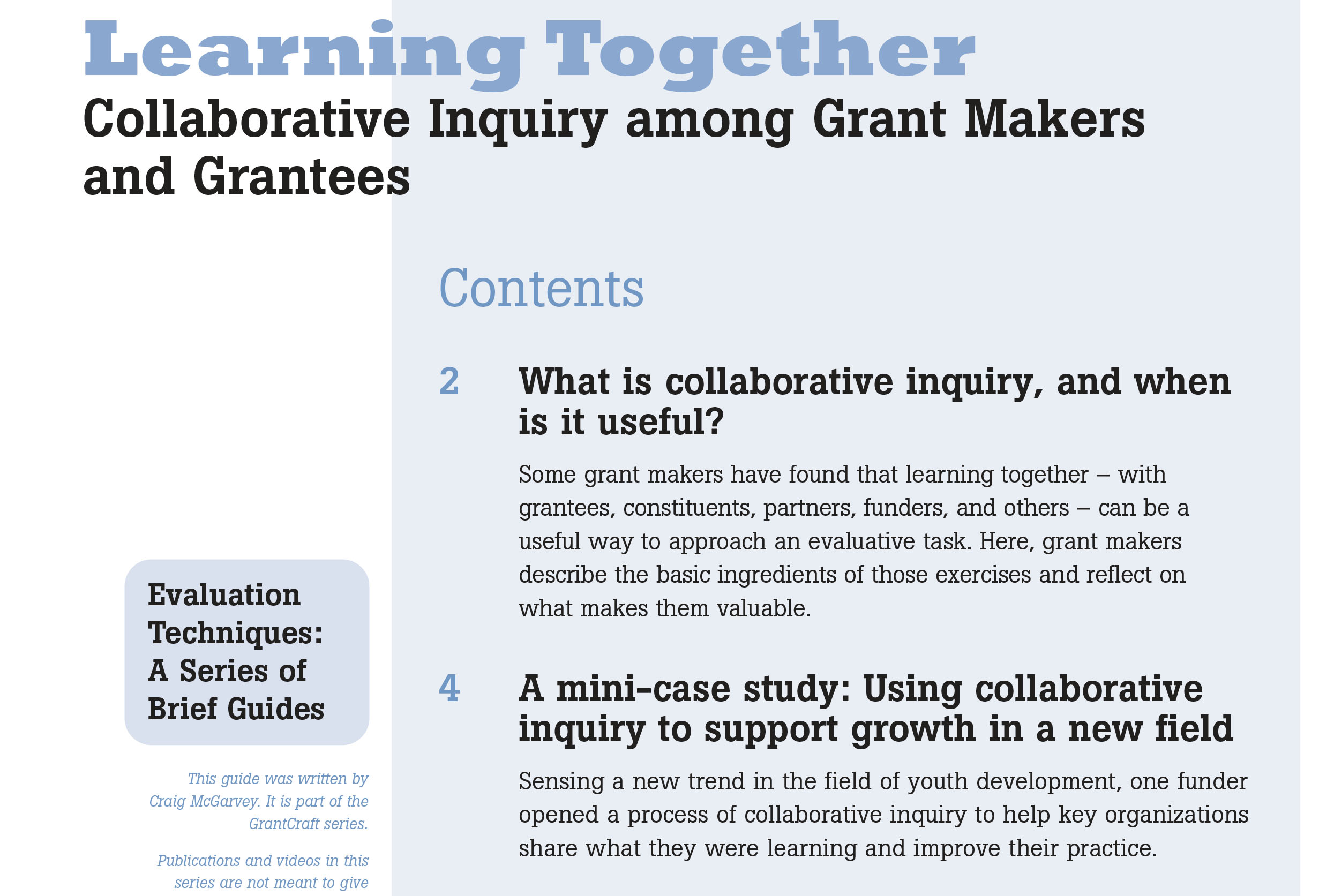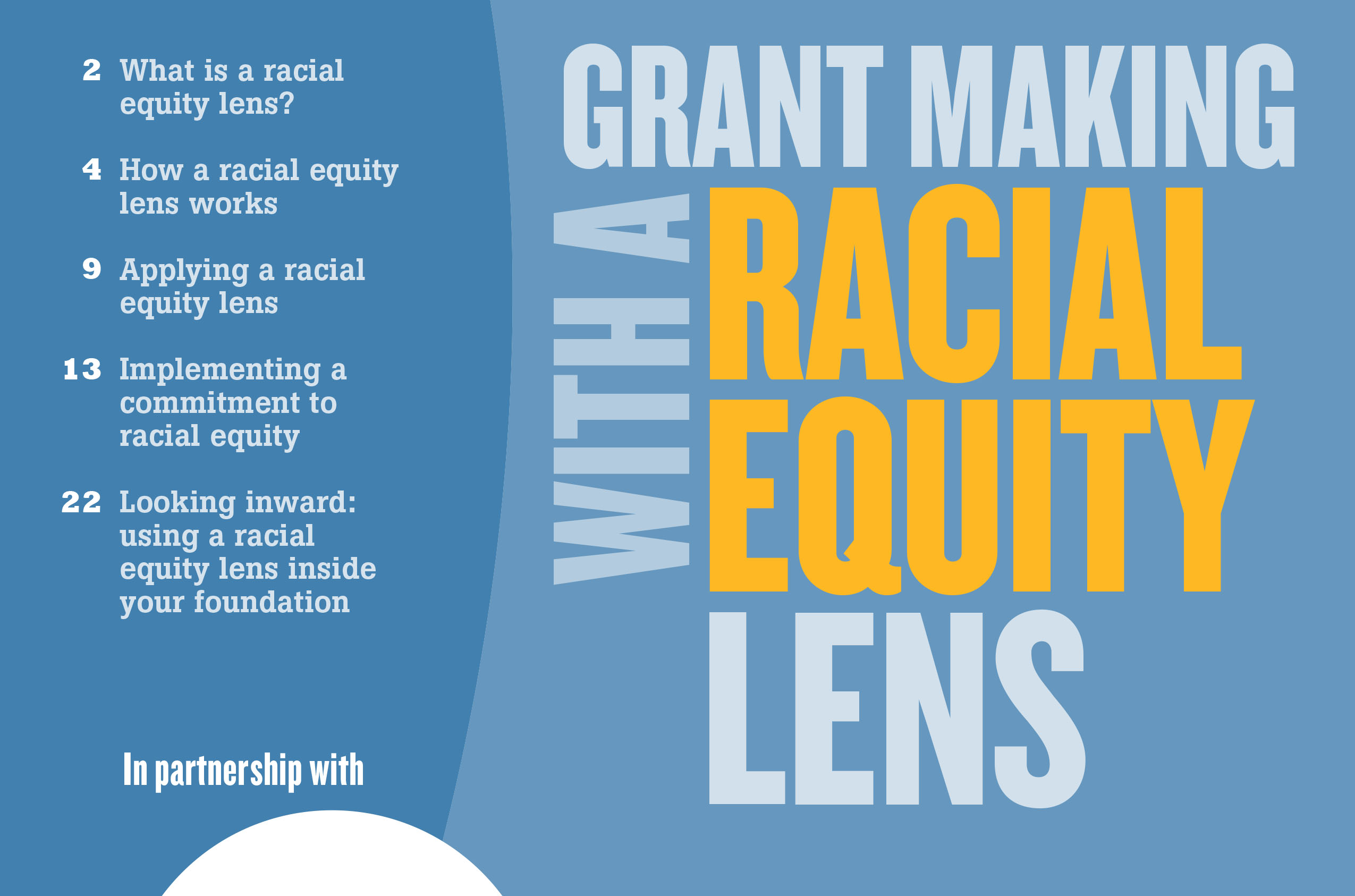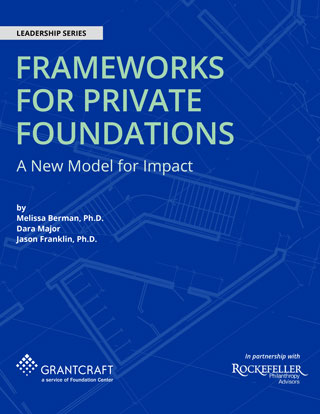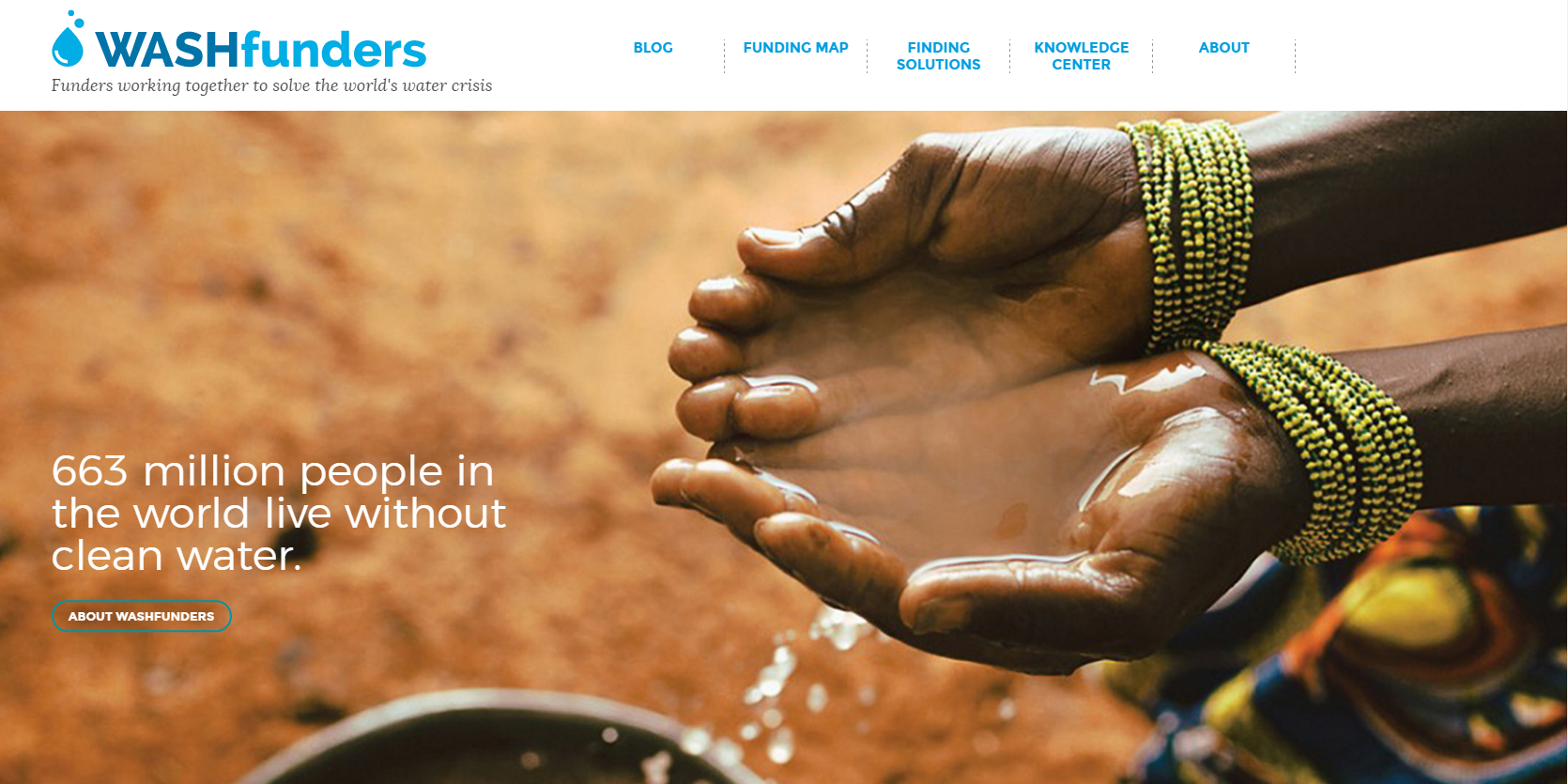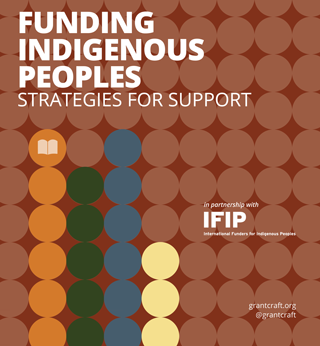Centering equity and justice in climate philanthropy
Despite its urgency and potential, according to available funding data, most institutional funders do not incorporate climate or climate justice strategies into their work, largely relegating it to a few environmental funders. As a result of underestimating its importance and its connection to other philanthropic priorities, not enough funding is flowing to climate change efforts and even less of it for reducing harm to communities most impacted by the climate crisis.
This field guide for funders identifies common barriers to supporting climate justice strategies, describes ways to overcome them, and shares insights and case studies from experienced funders who have helped their institutions use a climate justice lens for greater impact within their existing grantmaking priorities.
What’s in the guide?
- Climate justice: An overview. Learn about the case for climate justice, how it’s defined, and the populations and geographic regions most affected by the climate crisis. We provide an overview of the current landscape of philanthropic support for climate justice along with the case for grassroots solutions.
- Common barriers in incorporating climate justice into grantmaking portfolios. Adopting new philanthropic approaches always presents challenges and climate justice is no exception. In this section, we cover common barriers and how to overcome them, including facing the overwhelming scale of the crisis, tackling the inclination to focus on technical solutions, scale, and speed, and building awareness of philanthropic practices that perpetuate inequities.
- How foundations are integrating climate justice into their work. Learn from funding peers who have moved to integrate a climate justice lens into their grantmaking. Become inspired by case studies exploring centering values, transitioning to a justice-centered portfolio, breaking down issue-area silos, using an intersectional lens, and incorporating climate justice into the totality of a foundation’s work.
- The critical role of intermediaries. Intermediary organizations are critical partners in the climate justice field. This section explores how intermediaries can help provide learning opportunities, bridge relationships between funders and frontline organizations, ensure solidarity and mutual accountability, and support ecosystems and movement-building.
- Moving forward: Gaps & opportunities. In this final section we make recommendations for how you can move forward with your climate justice journey, including observations from our research, existing programmatic gaps, and opportunities.
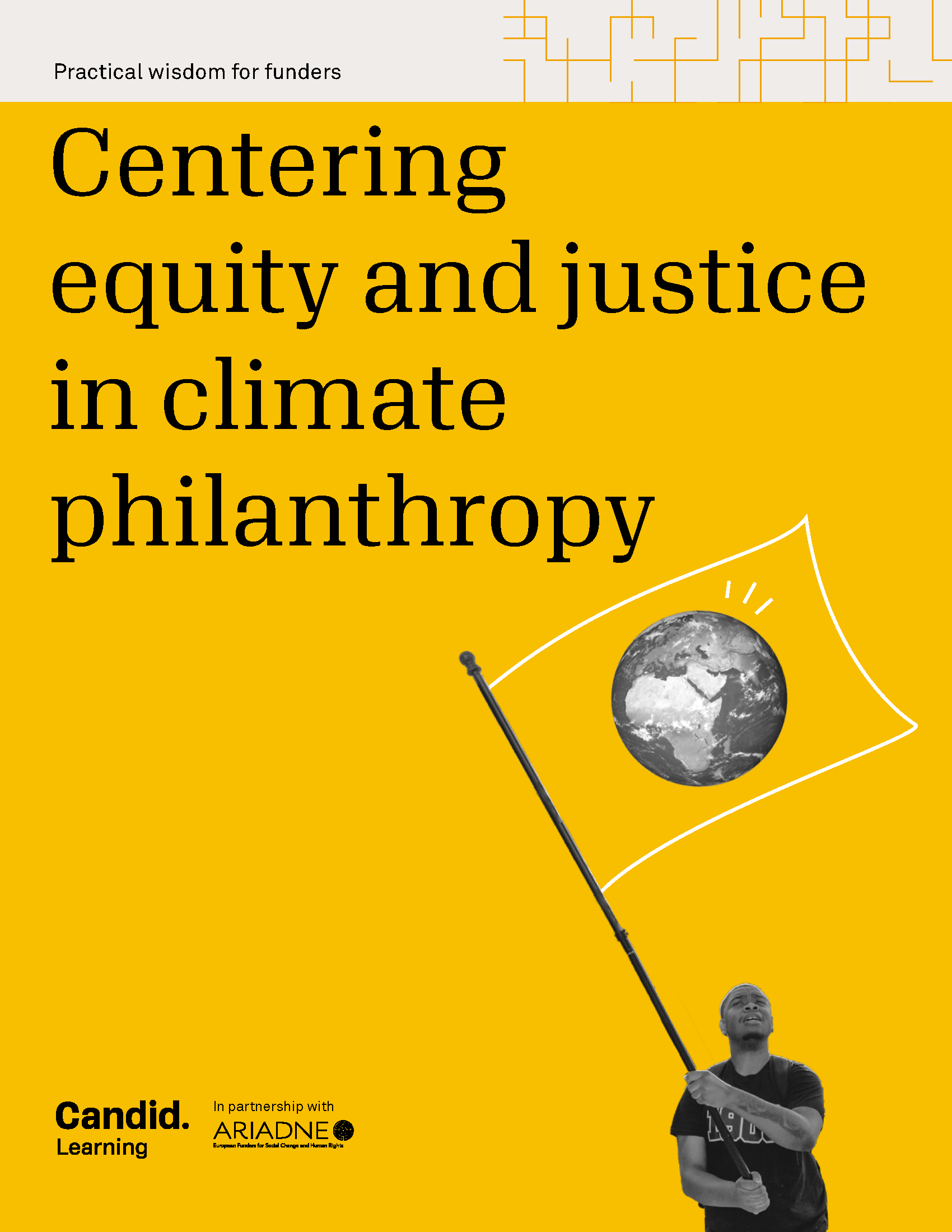
Categories
Content type
Issues
This guide captures the wisdom of philanthropic leaders, intermediaries, and frontline movement builders with experience advancing climate justice strategies. It synthesizes information to help the reader understand why and how to incorporate climate justice strategies into their work. Each chapter includes helpful examples and tips, and concludes with key takeaways and discussion questions that can be used to facilitate reflective dialogue among foundation staff and donor peers. For ease of use in retreats, staff and board meetings, a handy Facilitator’s Toolkit aggregates all of these takeaways and reflection questions into one document. Each chapter also highlights relevant knowledge and research for further reading, arranged by topic so the reader can easily identify areas of interest for further exploration.


